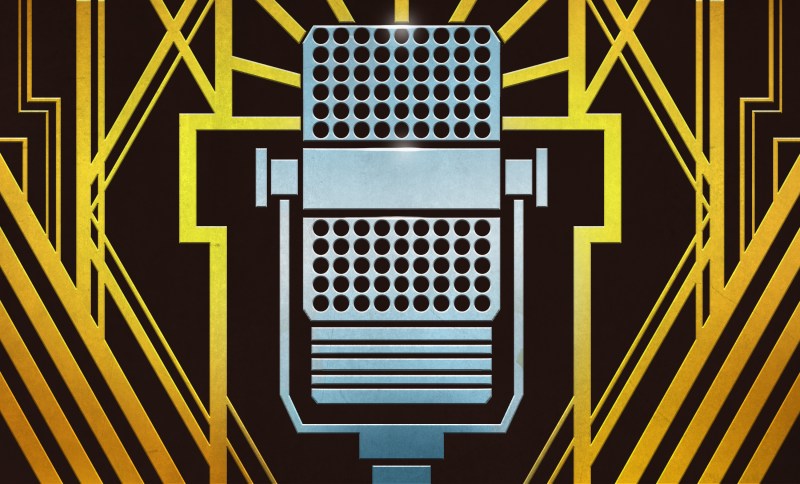It’s podcast time again, and this time around Elliot and Dan took a grand tour through the week’s best and brightest hacks. We checked out an old-school analog cell phone that went digital with style, dug into a washing machine’s API, and figured out how to melt metal in the microwave — the right way. Does coffee taste better when it’s made by a robot? Of course it does! Can you get a chatbot to spill its guts? You can, if you know how to sweet talk it. Let’s play Asteroids on an analog oscilloscope, spoof facial recognition with knitting, and feel the need for speed with an AI-controlled model race car. And was VCF East worth the wait? According to Tom Nardi, that’s a resounding “Yes!”
Check out the links below if you want to follow along, and as always, tell us what you think about this episode in the comments!
Download your own personal copy!
Episode 215 Show Notes:
News:
- NASA’s Ingenuity Mars Helicopter Completes 50th Flight
- Hackaday Prize: Re-engineering Education Challenge Wraps Up Soon
What’s that Sound?
If you think you know what this week’s sound was, enter here!
Interesting Hacks of the Week:
- Internet Of Washing Machines Solves An Annoyance
- Custom Bluetooth Adapter Brings 1990s Car Phone Back Online
- Robot Races A Little Smarter To Go Faster
- Radio Waves Bring The Heat With This Microwave-Powered Forge
- RoboGaggia Makes Espresso Coffee On Its Own
- Hacking Bing Chat With Hash Tag Commands
Quick Hacks:
- Elliot’s Picks:
- Dan’s Picks:
















I think the what’s that sound link is missing
Oops, will give to get that sorted. Standby.
Yoiks! I’ve added the form just now.
Best of luck.
Regarding the renewables issue; it’s not just the US, it’s everywhere in the world, because renewable power is subsidized and grid improvements aren’t. More to the point, investors are rushing in to collect guaranteed profits while they still can, before the governments are forced to phase out subsidies that they can’t sustain.
The world is slowly climbing towards two-digit percentages of new renewable power, which is the point where the conventional grid system starts showing serious problems and diminishing returns in terms of power integration out of intermittent non-dispatchable sources such as solar and wind.
The role of better distribution in this case is highly overstated, because the distribution approach of leveling out supply and demand over a larger area only starts to work at a truly gargantuan scale that nobody is prepared to build, if it indeed can be managed at all due to practical and geopolitical considerations. There is a distinct lack of technology and resources (i.e. batteries, local energy storage) to make the system work in the small to intermediate scale, and THAT is the limit that we’re butting up against right now.
The Sound of Silence 🔕